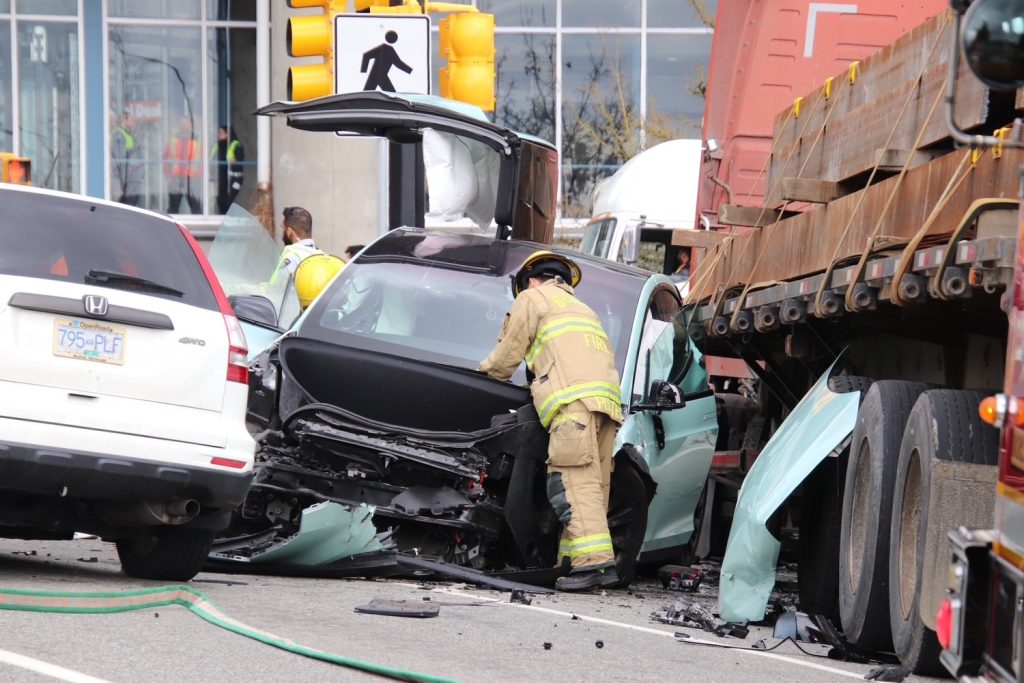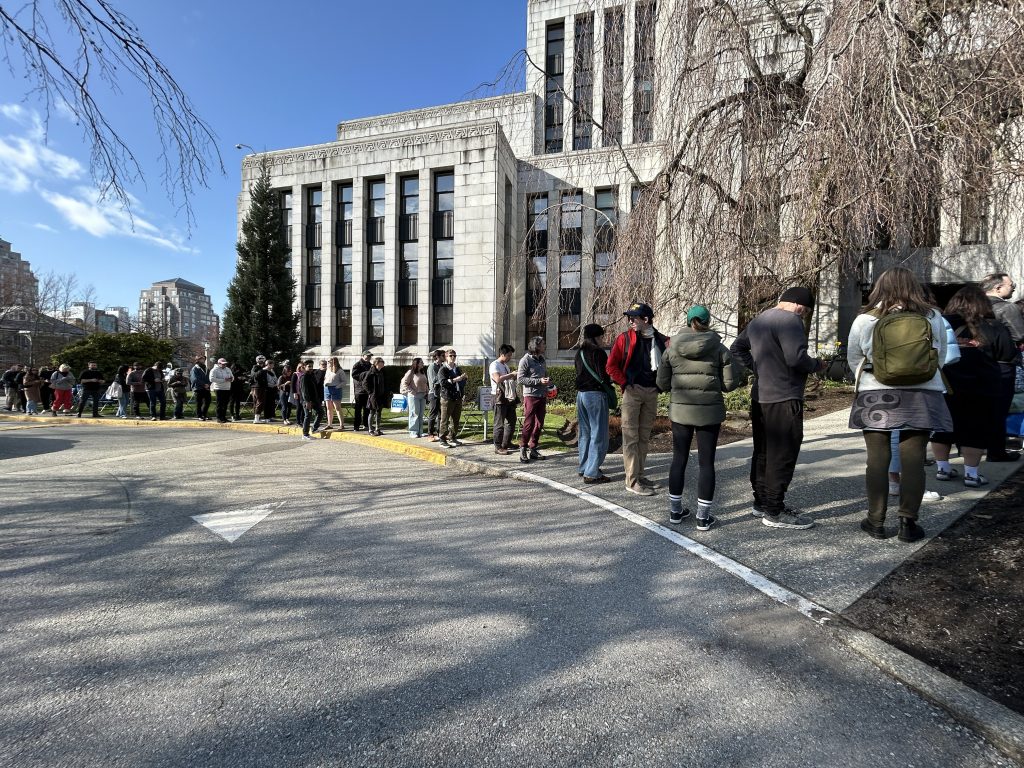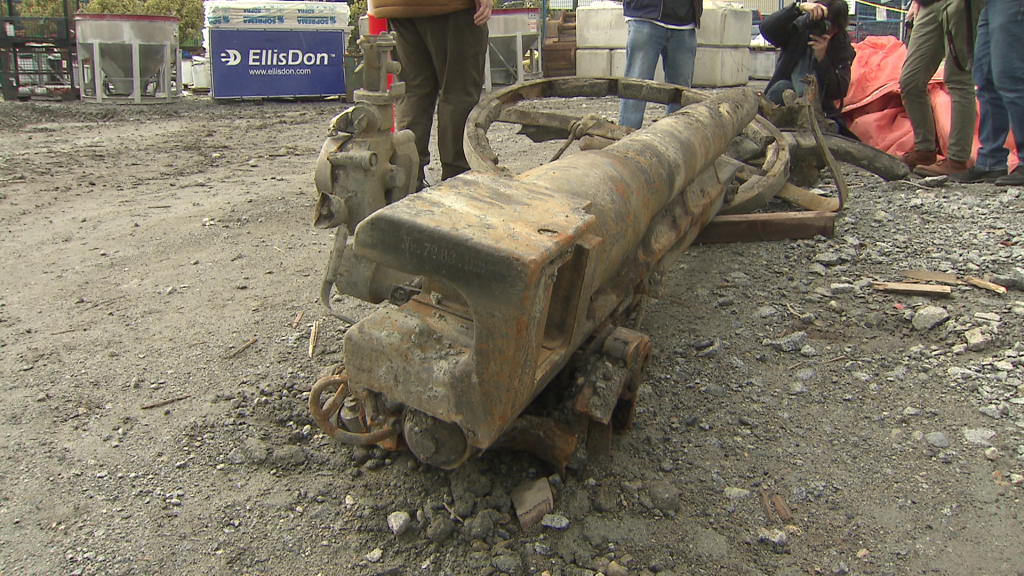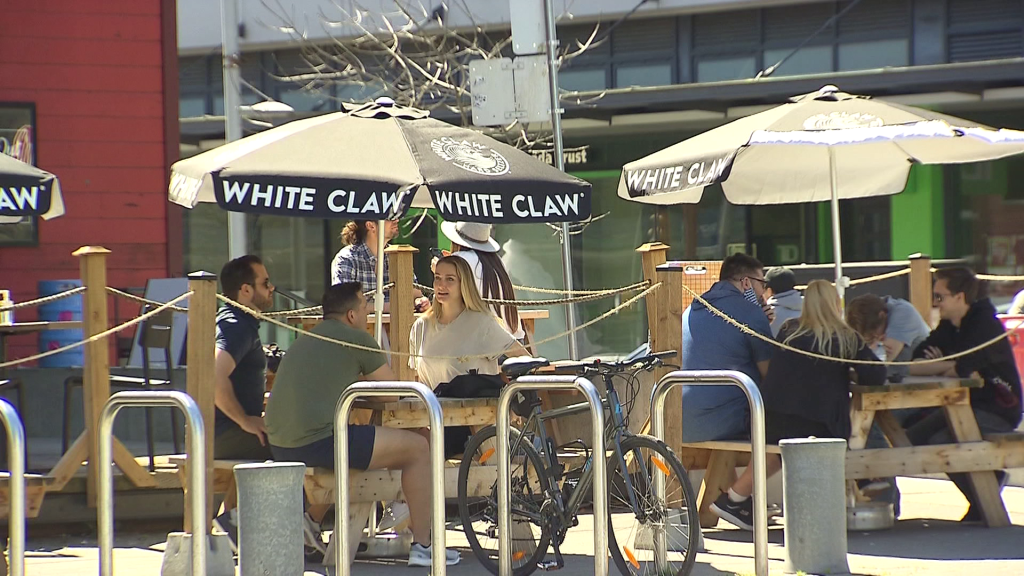B.C.’s South Coast is finally getting some rain
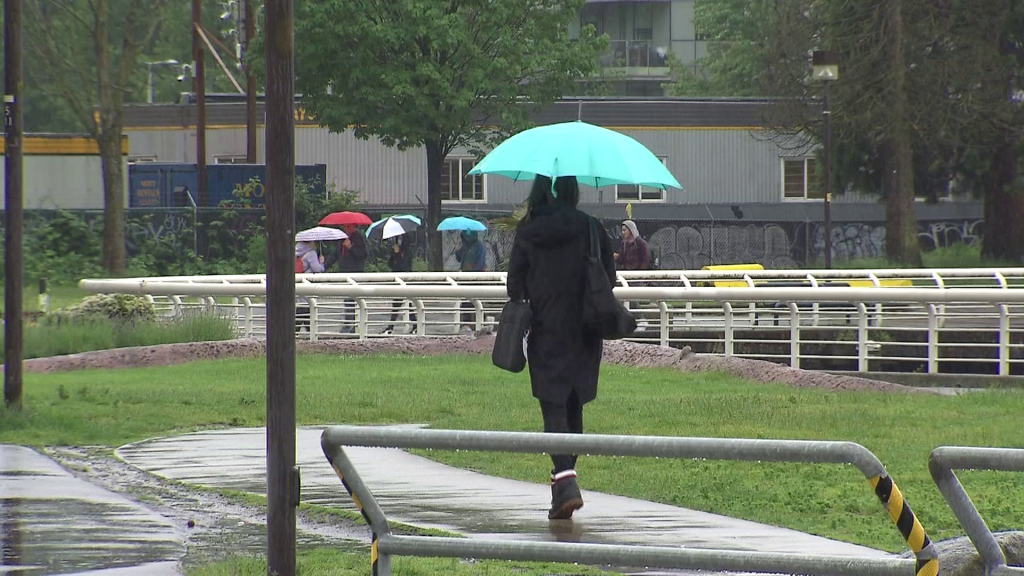
Posted October 21, 2022 6:40 am.
Last Updated October 21, 2022 6:42 am.
After more than 100 days of hot, bone-dry conditions, fall has finally arrived on B.C.’s South Coast — a month behind schedule.
CityNews Meteorologist Michael Kuss is calling for some light rain on Friday morning and about five millimetres for the day, but this is just the beginning of more rain on the way for a region that really needs it.
The grass is brown, the trees are dry and water levels have been so low, it’s been affecting spawning levels of local salmon, so the rain is certainly welcomed.
It’s also a key factor for crews dealing with B.C.’s extended wildfire season but they need more than just a bit of rain.
Related Articles:
-
Wind change brings relief to Metro Vancouver’s smoky skies
-
Major concerns for B.C.’s salmon population as drought drags on
-
Metro Vancouver’s air quality worsens before relief later this week
“It’s going to take a little bit more than scattered showers or any amount of light rainfall to really make a dent in terms of wildfire starts in areas of high drought,” says Fire Information Officer Forrest Tower. “I’ve seen on some of our updates that we’re looking in the realm of up to 100ml or more needed, not all at once, but just over time.”
He explains that the rain will not only help fires that are underway but potential fire starts, which can sometimes be sparked by lightning.
Related Video:

“Certainly, any change in the weather in terms of precipitation and I’ve even seen forecasted snow in some areas in the northern part of the province will be gladly received. [We’re] still expecting that we’re going to be picking up a few fires every week until we see considerable change in terms of much lower temperatures, high precipitation, or a combination of both of those factors.”
He says it’s not super unusual for the wildfire season to remain active in October but the change in weather will essentially bring an end to the season.
“While we are above the 20-year average for wildfire starts this season, we’re well under the hectares burned on average for the last 20 years. We’re around 100,000 hectares less than we normally see at this point if you look at a 20-year average. We’re around the averages we normally see, other than that hectare piece, as fires are generally smaller this summer even though we have seen quite a number of them.”
Much of the coastal region has been at a level five drought rating since Oct. 7. The Lower Mainland basin, including Squamish, along with the Sunshine Coast and western Vancouver Island, has been right at the top of the province’s scale.
Once we get enough rain falling, it will also help clear out the thick, hazy, smoky air we’ve all been breathing in for the past little while. A special weather statement remains in effect for all of Metro Vancouver and the air is expected to improve slowly as the rain moves in consistently in the coming days.
–With files from John Ackermann and Charlie Carey
